Turn to Whole Foods for Natural Sweetening Power
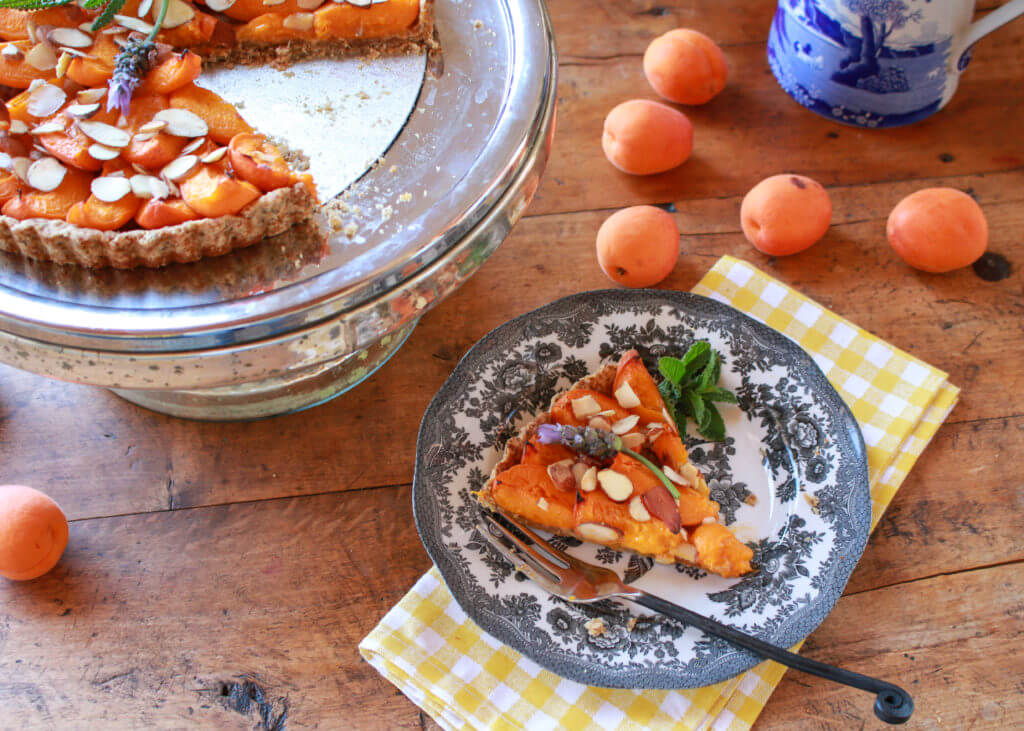
An effective way to skim the added sugars from your diet is with the natural sweetening power of whole fruits, such as bananas, berries, dates, and spices.
It seems like everyone is trying to cut their sugar intake these days—and with good reason! Yet, shunning sugar is really not that new. Thanks to the success of a little book written by William Dufty in 1975 called Sugar Blues, in which the author railed against the “evils” of eating sugar, my mother joined the then-swelling movement to eliminate white sugar from our family’s cupboards. She tried sweetening cakes and cookies with everything from applesauce to bananas, as was fashionable at the time.
The antisugar revolution seemed to lose traction over subsequent decades and was replaced by the more popular attitude that sugar is sugar (and a carb is a carb), regardless of whether it comes from fruit or the sugar bowl. But the pendulum is swinging back as refined sugars take the heat again. And now there’s more reason than ever to dial up the sweetening power of whole foods in the kitchen.
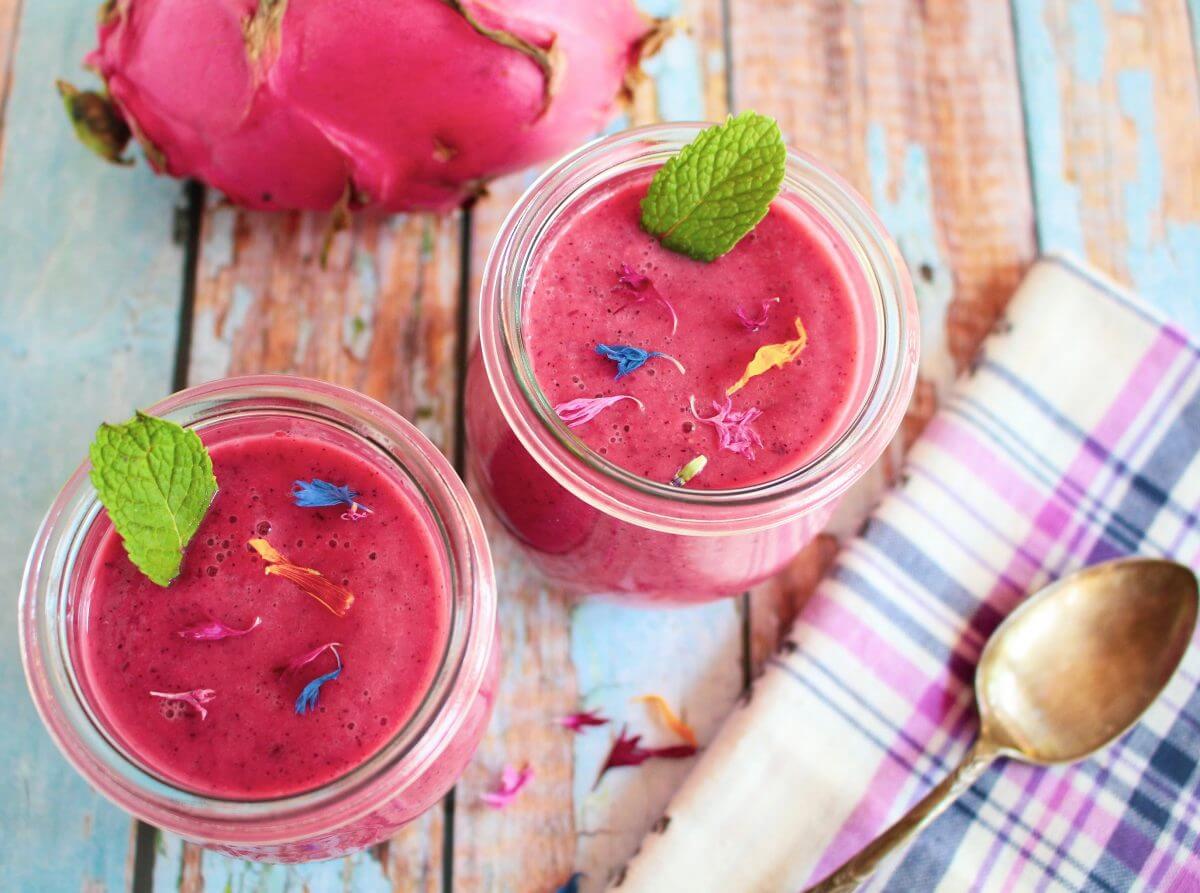
Calls to Cut Back on Added Sugars
Sugar is the subject of much recent debate and the oft-asked question, “How much is too much?” The American Heart Association (AHA) answered this question and provided guidelines on restricting added sugars to help prevent obesity and cardiovascular disease. According to the AHA statement, evidence links excessive sugar intake with several metabolic abnormalities and adverse health conditions, the overconsumption of discretionary calories, and shortfalls in essential nutrients. It notes that the adult consumption of added sugars has been on the rise. Thus, the AHA recommends an upper limit for daily added sugar intake: no more than 100 kcal for women (about 6 teaspoons) and 150 kcal (about 9 teaspoons) for men.
The Dietary Guidelines for Americans also addressed sugar, reporting that added sugars contribute to the total calories in American diets. The major sources of added sugars in Americans’ diets are sodas, energy drinks, and sports drinks, grain-based desserts, sugar-sweetened fruit drinks, dairy-based desserts, and candies. The majority of sugars in the typical American diet are sugars added to foods during processing, preparation, or at the table. These added sugars include high-fructose corn syrup, white sugar, brown sugar, corn syrup, corn syrup solids, raw sugar, malt syrup, maple syrup, pancake syrup, fructose sweetener, liquid fructose, honey, molasses, anhydrous dextrose, and crystal dextrose.
Since reducing the consumption of these sources of added sugars will lower the calorie content of a person’s diet without compromising its nutrient adequacy, the Dietary Guidelines highlighted reducing the intake of calories from added sugars as a key recommendation.
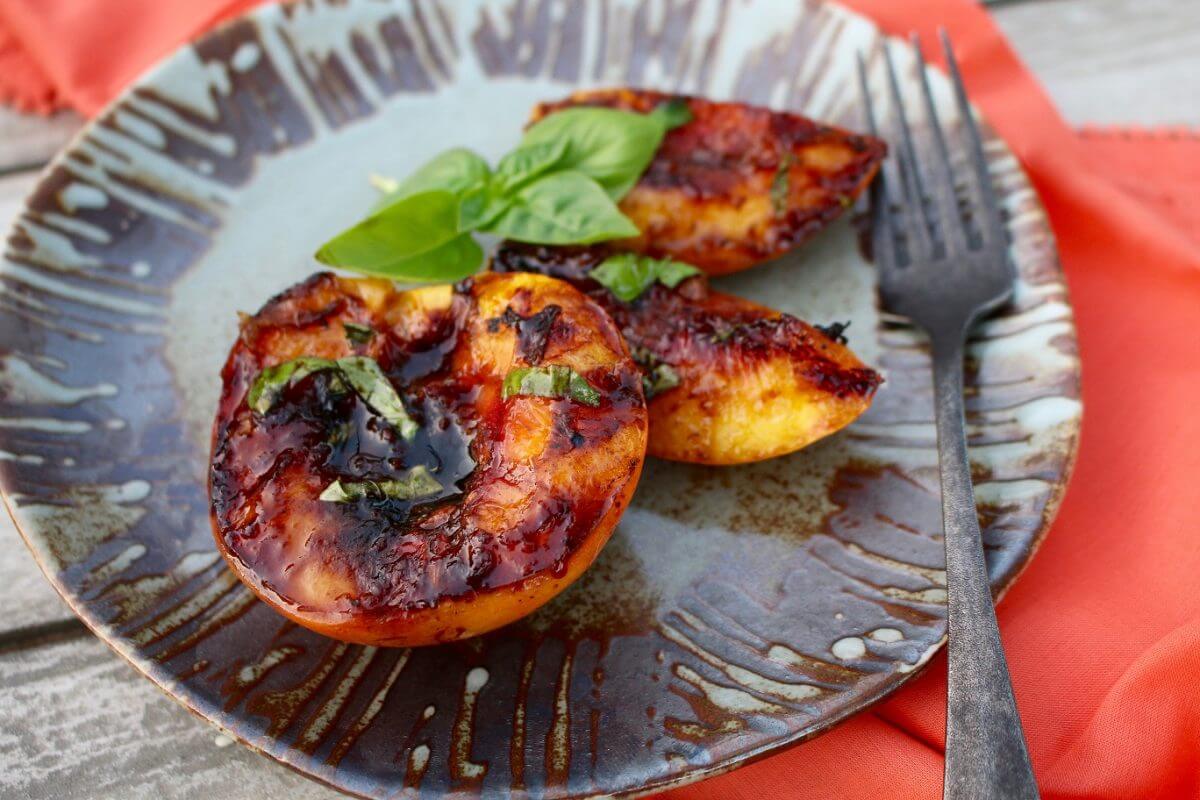
Whole Food Sweetener Benefits
What’s the benefit of turning to whole fruits that offer natural sweetening power? The potential glycemic advantages are still under debate. Once eaten, all types of sugars—natural or added—are broken down by the body to produce energy and metabolic building blocks. The type of carbohydrate can affect how quickly blood glucose levels rise, but the total amount of carbohydrate someone eats affects blood glucose levels even more. Yet many experts stress that the body handles sugars found naturally in fruits quite differently from refined sugars. Most whole fruits, naturally rich in fiber, tend to be low in glycemic load. And foods, such as fruit, that are high in soluble fiber are recommended as preferred sources of carbohydrate by the Diabetes and Nutrition Study Group of the European Association for the Study of Diabetes because of their ability to reduce postprandial blood glucose levels.
In a study published in Diabetes Care that followed 63 subjects with type 1 diabetes, those consuming a high-fiber diet (consisting of naturally occurring fiber in foods) after 24 weeks decreased both mean daily blood glucose concentrations and the number of hypoglycemic events compared with a low-fiber diet. Both diets were similar in macronutrient spread, except the low-fiber diet was limited to 15 g of fiber per day and the high-fiber diet included 50 g of fiber per day from one serving of legumes, three servings of high-fiber fruit, and two servings of high-fiber vegetables.
Looking beyond glycemic response, there’s little disagreement about one benefit of choosing whole food sweeteners over added sugars: Sugars that occur naturally in foods are part of the food’s total nutrient package, as stressed in the Dietary Guidelines. “As we know, sucrose adds calories and nothing else. Fruit provides a whole host of nutrients, vitamins, minerals, dietary fiber, and various antioxidants. These are nutrients that are in short supply in this country,” says Christine M. Palumbo, MBA, RD, a Chicago-area nutrition consultant.
Carolyn O’Neil, MS, RD, coauthor of The Dish on Eating Healthy and Being Fabulous! calls naturally sweet plant foods “‘sweeteners with benefits’ since they add sweet taste to foods and contribute fiber, minerals, and, in the case of berries and other fresh fruit, vitamins too.”
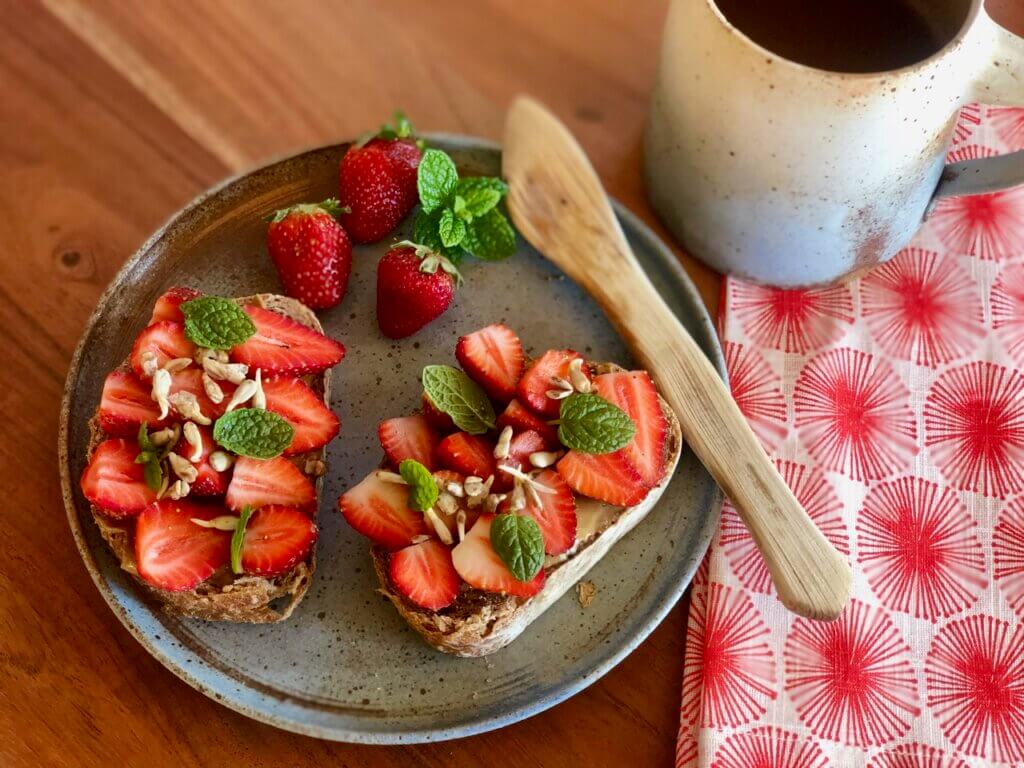
By using whole fruits to sweeten foods, people can also help meet that elusive recommended number of fruit and vegetable servings, linked with a plethora of health benefits. And they shouldn’t forget about the health-protective effects of polyphenols found in a wide variety of whole fruits.
A study published in the Journal of the American College of Nutrition led by Britt Burton-Freeman, PhD, director of nutrition and health-promoting foods at the National Center for Food Safety and Technology in Illinois, discovered just how powerful a serving of fruit can be. Twenty-four hyperlipidemic men and women participated in this randomized, single-blind, placebo-controlled, 12-week crossover trial. Subjects consumed either a strawberry beverage containing 10 g of freeze-dried fruit or a placebo beverage matched in energy and macronutrient composition for six weeks. Twice before randomization and once at the six-week crossover point, the subjects received either the strawberry drink or placebo with a high-fat challenge meal. After the high-fat meal, during the run-in period, triglyceride and oxidized LDL levels were lower after the strawberry drink compared with placebo, and the high-fat meal responses after six weeks of strawberry drink vs. placebo resulted in decreased lipid and oxidized LDL levels. Burton-Freeman’s team concluded that strawberry mitigated the fed-state oxidative stressors that can contribute to atherogenesis.
“Replacing white sugar sweet calories with berry sweet calories is a win. Berries, particularly strawberries, as we have studied, can offer advantages in helping people stay in oxidative and immune balance,” explains Burton-Freeman. “That means strawberries have been shown to protect LDL from oxidation after a meal as well as reduce inflammation response that can occur after a high-simple sugar or -fat meal. Depending on how many calories you are talking about cutting, you can reduce oxidative stress and inflammatory burden with reduced calories. However, with reducing calories, you won’t get the healthful nutrients, appetite satisfaction, or overall eating pleasure you’d get with consuming berries.”

Taking It to the Kitchen
While many nutrition experts believe sugar shouldn’t be demonized and that consumers can fit a modest amount into a balanced diet, evidence does suggest that people would definitely benefit from reducing their intake of added sugars. People can naturally sweeten many of their favorite foods—from pancakes and cereals to cookies and cakes—with whole foods. This strategy can help people not only incorporate important foods and nutrients into their diet but also meet the AHA’s suggested guidelines for added sugars.
Top 10 Tips to Naturally Sweeten with Whole Foods
Try these strategies to unleash the natural sweetening power of whole foods in order to trim added sugars.

1. Stir in Applesauce. Rely on the naturally sweet moistness of applesauce to flavor many dishes. While it’s a cinch to add applesauce instead of sugar to hot cereal, it’s a little more complicated trying to replace sugar in baked goods such as cakes and cookies. Try replacing one half of the required sugar with applesauce and cutting out 1/4 cup of the liquid in your favorite recipe. (This strategy can also be used with puréed prunes or other fruit and mashed bananas.)
2. Skip the Sugar in Pies and Cobblers. Let the ripe fruit flavor shine through by skipping the added sugar altogether or cutting back on it dramatically for subtly sweet yet tart fruit desserts.

3. Try an Oatmeal-Fruit Combo. There’s no need to sweeten oatmeal with sugar when fruit can do the job. “Cook up oatmeal with sliced bananas, raisins, or dates to make the cereal very sweet and thicker so that you don’t need added sugar,” suggests Barbara Storper, MS, RD, founder and executive director of FoodPlay Productions.
4. Sweeten Vegetables and Grains Naturally. Sugar often lurks in nondessert foods such as glazed vegetables and sauces. O’Neil suggests adding golden raisins plumped in orange juice to sautéed carrots in place of a sugar glaze or adding golden raisins to rice, quinoa, or couscous for natural sweetness, flavor, and fiber.

5. Get Mashing with Bananas. Mashed bananas contribute naturally sweet, flavorful goodness to many baked desserts, such as quick breads, waffles, pancakes, muffins, cakes, and cookies. Find a recipe that’s already designed to let bananas do their job, or experiment with your favorite recipe by following my instructions for applesauce.
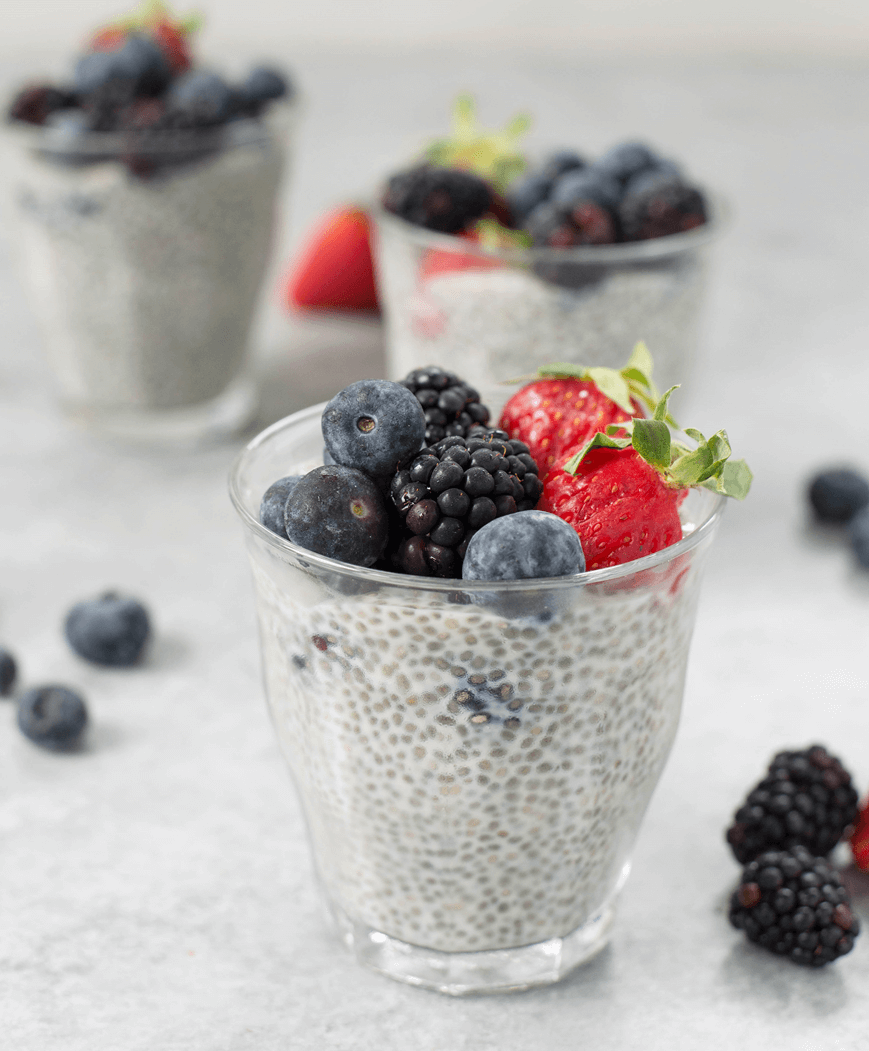
6. Add a Sweet Touch with Berries. Naturally sweet berries, including blueberries, strawberries, blackberries, and raspberries—fresh, frozen, or dried—can add a sweet touch to just about anything. Skip sweetened yogurts and stir berries into plain yogurt, add them to breakfast cereals, and mash them into iced tea as a refreshing beverage sans sugar.
7. Whip up Prunes. Get out your blender and purée prunes to add natural sweetness and nutritional power to baked goods in place of sugar, suggests O’Neil. Search for recipes that include prune purée as the sweetener, or follow the same instructions for applesauce.
8. Don’t Forget about Dates. Don’t underestimate the sweetening power of dates, which can be chopped into cookies, pies, and cakes to add natural sweetness and allow you to cut down on the sugar in the recipe. Jill Nussinow, MS, RD, a vegetarian food expert and author, uses dates to sweeten blended salad dressings, sweet potato pie, and strawberry and rhubarb sauce, which she serves with light desserts. “I have used other dried fruit, combined with dates, for a crust for pies, raw or cooked,” she adds.

9. Consider the Power of Dried Fruit. Who says you can’t rely on the naturally sweet power of unsweetened dried fruit? “Dried fruits provide natural sweetness to a variety of recipes. In some cases, you can replace added sugar; and in other cases, you can enhance the natural sweetness of foods,” says Palumbo. Dried fruit can enhance the flavors in a wide variety of foods, such as Middle Eastern or Mediterranean entrées and side dishes, salads, cereals, baked goods, puddings, and yogurts. In particular, Palumbo suggests making your own natural trail mix by combining unsweetened raisins and dried fruit such as apricots, berries, and cherries with unsalted nuts for a nutrient-rich snack that will satisfy your sugar cravings.
10. Spice it Up! Don’t forget the taste sensation of spices that “create a sense of sweetness without added sugar,” according to Mandy Rother, RD, LDN, healthy living coordinator for Weis Markets in Pennsylvania. Rother suggests using ground cinnamon in coffee, tea, applesauce, and oatmeal to replace sugar and add powerful antioxidants.
Whole Food Sweetening Stars
This table features a sampling of fruits that contribute easy sweetening power and an added nutrition bonus to recipes.
Fruit |
Serving |
Calories |
Notable Nutrients
|
| Applesauce, unsweetened | 1 cup (244 g) | 102 | 3 g (11% DV) fiber, 2.4 mg (4% DV) vitamin C, 0.1 mg (4% DV) thiamin, 0.1 mg (4% DV) riboflavin, 0.6 mg (3% DV) iron, 181 mg (5% DV) potassium, phenolic compounds such as quercetin |
| Banana, fresh | 1 small (101 g) | 90 | 3 g (11% DV) fiber, 8.8 mg (15% DV) vitamin C, 0.4 mg (19% DV) vitamin B6, 20.2 mcg (5% DV) folate, 362 mg (10% DV) potassium, 0.3 mg (14% DV) manganese, phenolic compounds such as catechins and epicatechins |
| Dates, Medjool | 1 (24 g) | 66 | 2 g (6% DV) fiber, 167 mg (5% DV) potassium, 0.1 mg (4% DV) copper, 0.1 mg (4% DV) manganese |
| Raisins, seedless | 1.5 oz (43 g) | 129 | 2 g (6% DV) fiber, 0.8 mg (4% DV) iron, 322 mg (9% DV) potassium, 0.1 mg (7% DV) copper, 0.1 mg (6% DV) manganese, phenolic compounds such as catechins and epicatechins |
| Strawberries, fresh, sliced | 1 cup (166 g) | 53 | 3 g (13% DV) fiber, 97.6 mg (163% DV) vitamin C, 3.7 mcg (5% DV) vitamin K, 39.8 mcg (10% DV) folate, 0.7 mg (4% DV) iron, 254 mg (7% DV) potassium, 0.6 mg (32% DV) manganese, phenolic compounds such as anthocyanins and ellagitannins |
— Source: Self Nutrition Data.
For more tips on cutting added sugars in your diet, check out the following blogs:
Nutritionists Top Tips for Skimming Sugar
Can Cutting Sugar Reduce Taste for It?
How Much Sugar Can I Eat in a Day?
Written by Sharon Palmer, MSFS, RDN on July 6, 2011; Updated on May 25, 2021.
Image: Apricot Almond Tart, Sharon Palmer, MSFS, RDN


